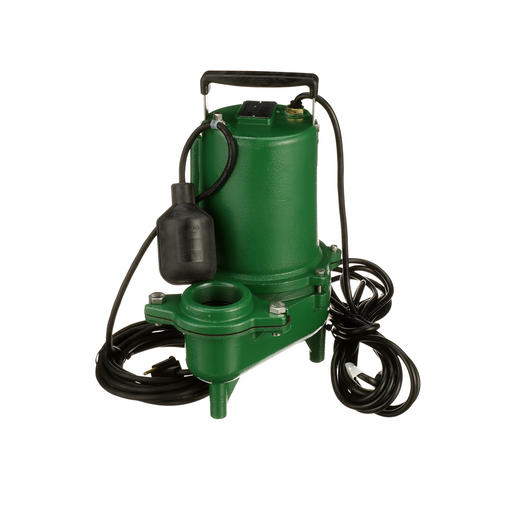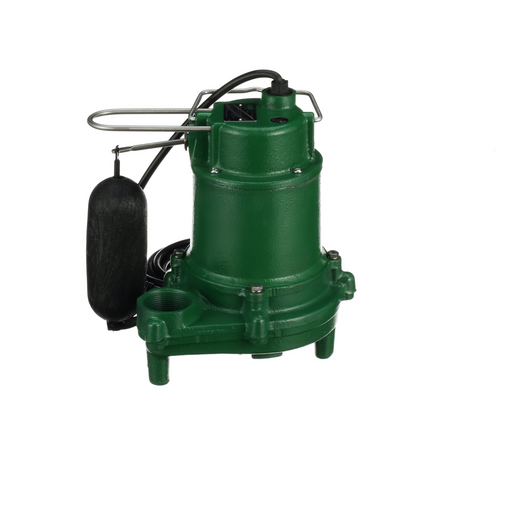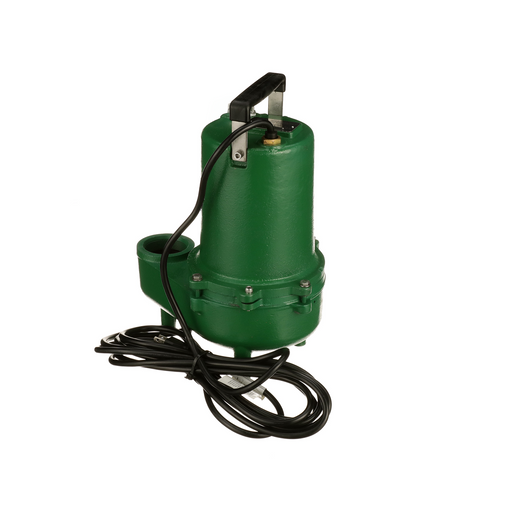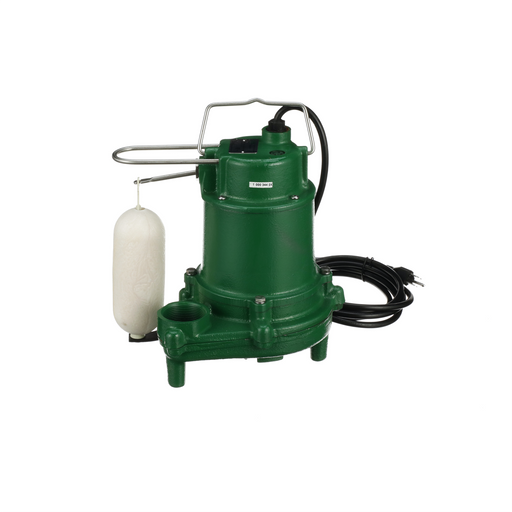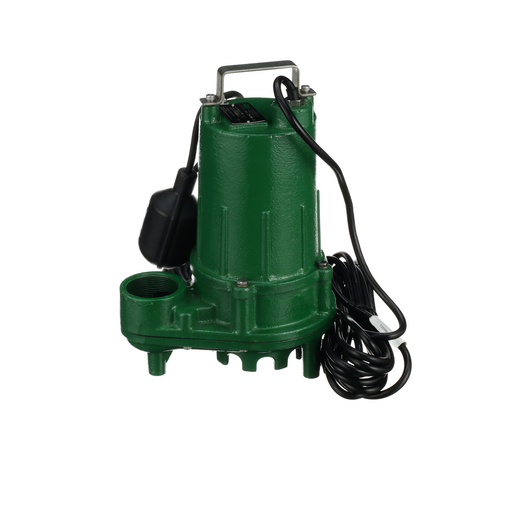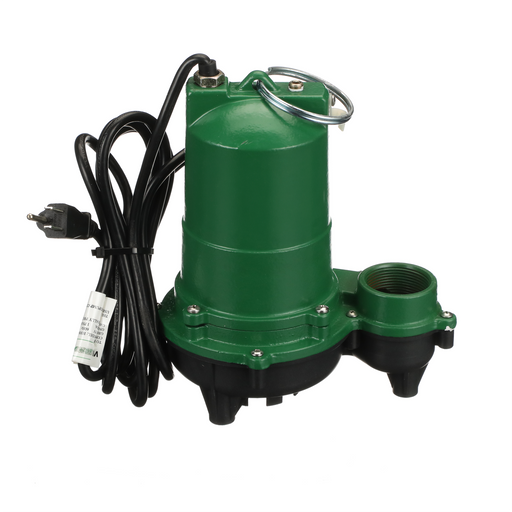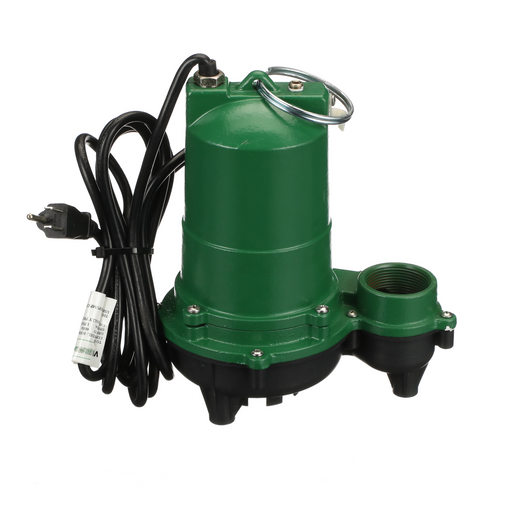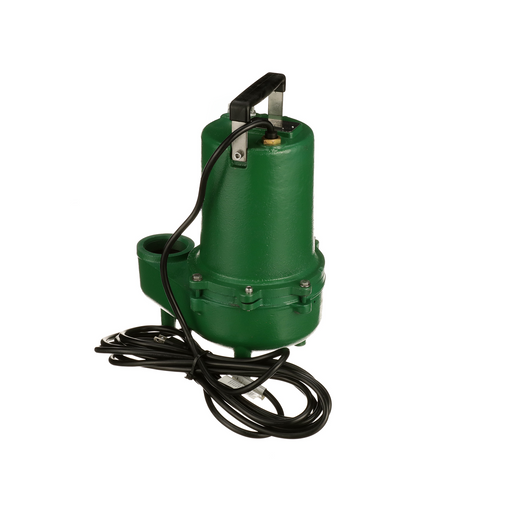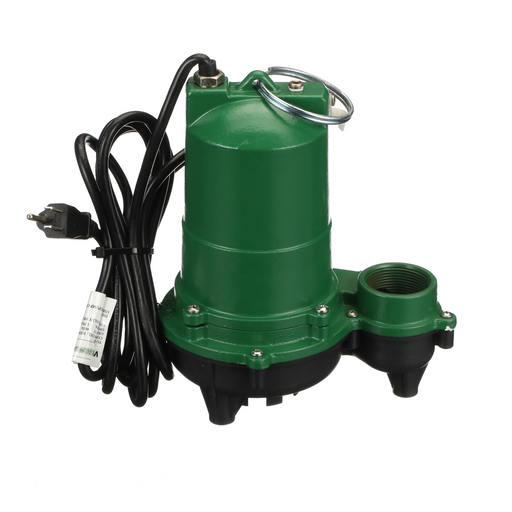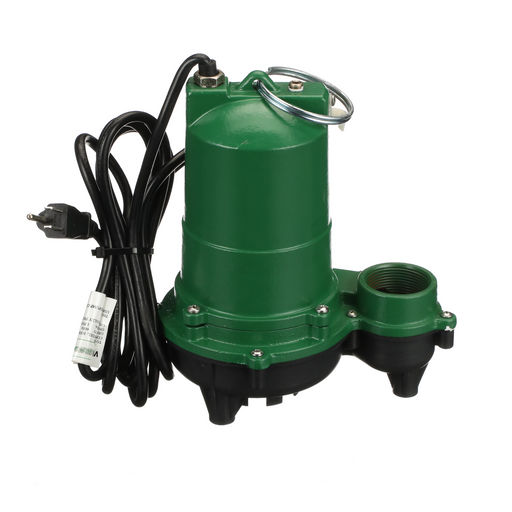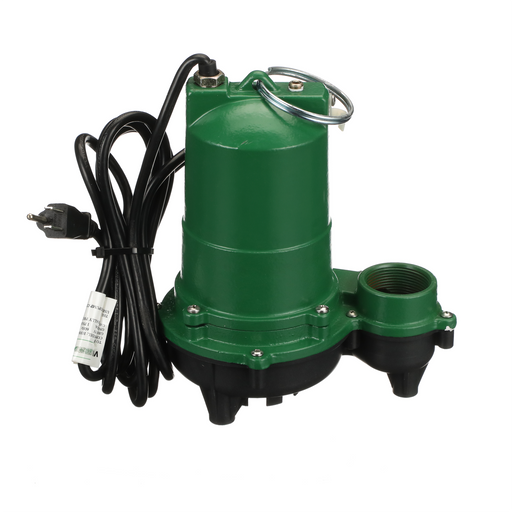The best pump that you can own is one that you can trust to work and forget about it. Ashland makes exactly those pumps. They produce high quality pumps for a wide array of applications. Their most popular categories are sump, effluent, sewage, and grinder pumps.
Ashland’s sump pumps are great for basements. These pumps are fairly small pumps that do not handle large amounts of solids. Usually, this type of pump has 1/3 to ½ horsepower.
Effluent pumps are slightly larger than sump pumps. That allows them to handle ¾’’ solids. These pumps range from 3/10 hp to 1.5 hp. Effluent pumps are often found at the end of a wastewater treatment system or septic system.
Sewage pumps are a step above effluent pumps. On average, they handle 2’’ solids and range from 4/10 hp to 5 hp. These are typically found when raw sewage needs to be pushed to a treatment plant.
Grinder pumps are very similar to sewage pumps, but grinder pump have a blade attached to the bottom of the pump. The blade functions as similarly to a garbage disposal. They are used to turn the outgoing flow into a uniform fluid. These pumps are often found at homes that are below municipal sewer system and need to pump waste to the city sewage system.
Ashland also has a variety of options for float switches. Their pumps will either be manual or have a float switch included. Manual pumps will activate as soon as they are connected to power. However, many customers want the pump to activate autonomously. Float switches are included to allow the pump to be activated and deactivated by a changing water level. Ashland has wide angle float switches and vertical float switch models available for many pumps under 1 hp.
Wide angle float switches float around their pumps and are simply tethered to the pump. These float switches have a piggy back connection, and that makes them easy to connect and disconnect. Additionally, these float switches can be removed from the pump and allow the pump to be operated manually.
Vertical float switches serve the same purpose as wide-angle float switches, but they tackle the issue slightly differently. Instead of floating around the pump, vertical float switches are firmly connected to the pump. They are constrained so they only travel up and down, and they cannot be removed from the pump. The advantage of vertical float switches is they do not require a lot of space. Wide angle float switches may get hung on an object around the pump, but vertical floats do not have that concern. They stay close to the pump to prevent the vertical float from catching on anything around the pump.



